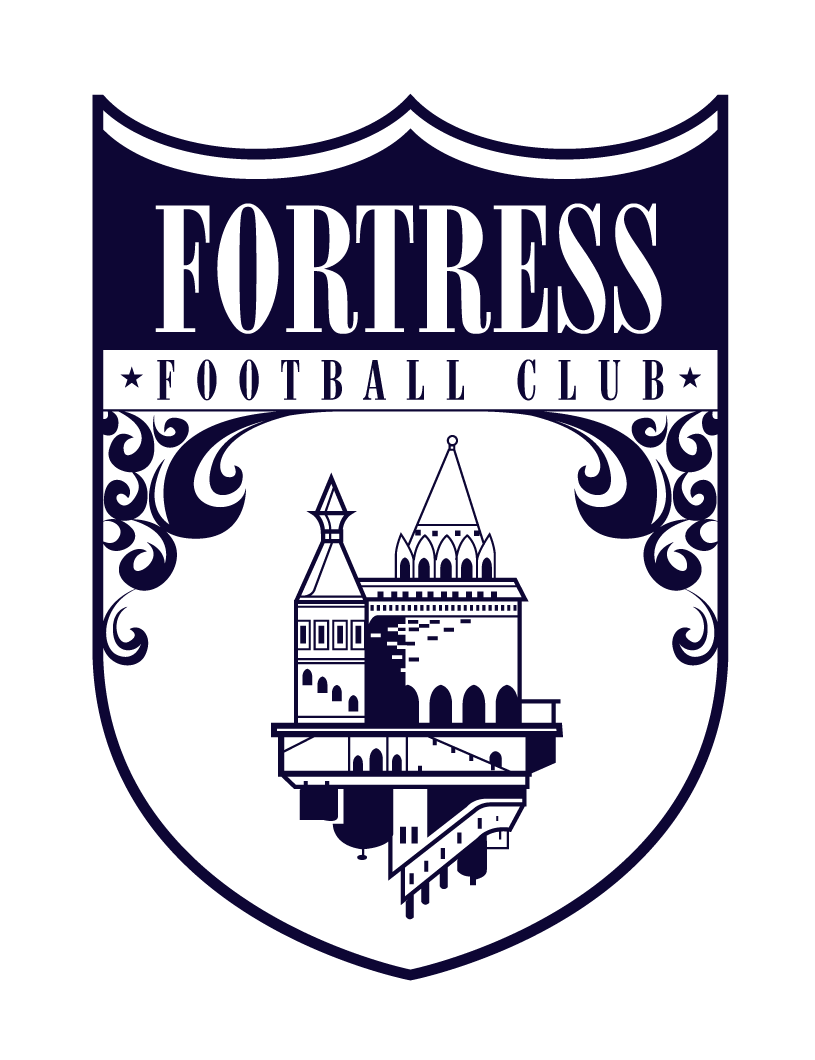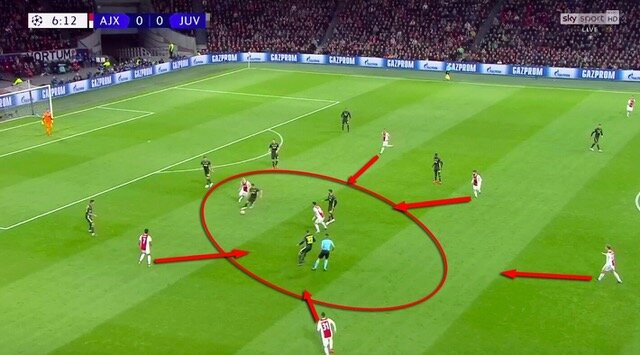Defending
Our focus this week is on defending.
Individual defending in soccer is counter intuitive. This could be due to other sports and activities kids grow up playing.
Think of American football. The defender tackles the person carrying the ball with their shoulders, hips facing towards their opponent.
In baseball, we learn to field grounders and fly balls with our hips facing towards the ball (when it’s coming at us).
In basketball, a player “squares up” to defend the player with the ball. Again, chest and hips toward the opponent.
But in soccer, we ask the players to be “side-on” or yell out “surfboard stance”. This is a cue we give players when they have their hips directly in front of the opponent with the ball, making it hard to turn and run back toward the opponent when they dribble by our player.
Against a skilled player, a defender never wants to dive in to a tackle. They want to bait the player, making him slow down with feints of a dive in tackle, in order to make the player mis-touch the ball or wait for a defending teammate to help steal the ball.
Individual defending requires three main components:
1. Get side on, forcing the player towards the sideline (or your teammates)
2. Absorb their pace
3. Wait for the opening, then tackle
The third point in this is big. We must have patience in order to make the tackle. We are not a counter attacking team. We do not want to play long ball and try to out strength or out speed our opponents. There are too many variables in that game.
I didn’t emphasize the '5 seconds of fury' rule enough last game. It’s something we will look at this week as well as what we do after the 5 seconds is up.
In group defending, we must learn first to press. This requires a lot of energy up front but once we regain possession, we should look to slow the tempo of the game down.
Second, we must learn to coordinate the classic pressure, cover, balance system. This requires one player to go to the ball at all times, one player to cover, and one to balance the line of defense. This goes for the forward, midfield, and defending lines all alike.
Not only do we need to coordinate between each line, we also need to coordinate between lines. If our attacking and midfield lines are pressing/in possession of the ball up the field, and our defensive line stays back, we leave a huge gap that a 30 yard chip surpasses our forward lines and opens a counter attacking option for the opposing team. This happened a number of times in the game on Saturday.
Instead, our position is dictated by where the ball is on the field. Look at the example below:
In the image above, Ajax is playing Juventus as a part of their semi-final run of the Champions League in 2019.
Ajax cuts off the short pass options while always staying linked with each other. Their efforts keep them connected and force the opposition (Juve) to make a short pass to a teammate that is marked or a ball over the top to relieve pressure.
Ultimately, we want to compress the field and stay tight between our attacking, midfield, and back lines. If we can coordinate together, we can learn to squeeze the opposition into constantly coughing up possession, which will give our possession heavy playing emphasis the advantage.
Expect lots of playing this week with individual and collective defending exercises.
See you tonight.


